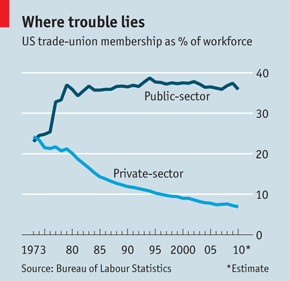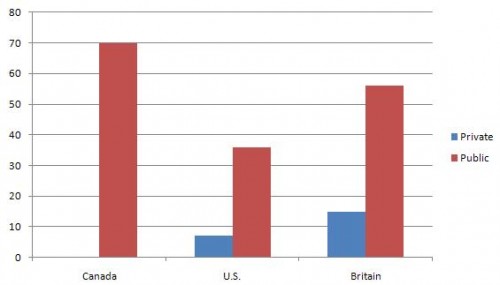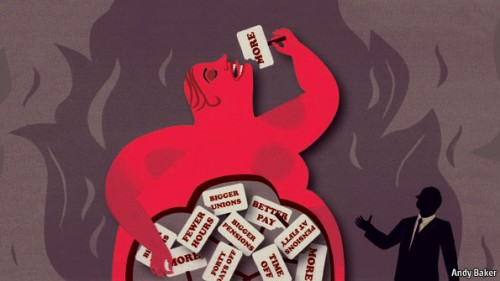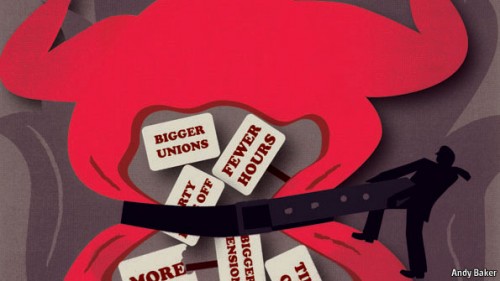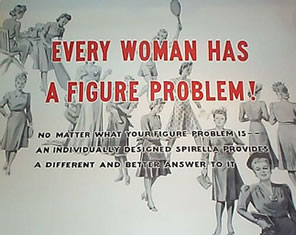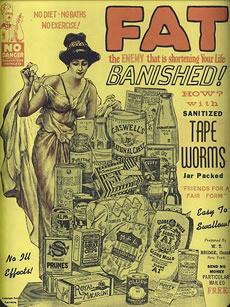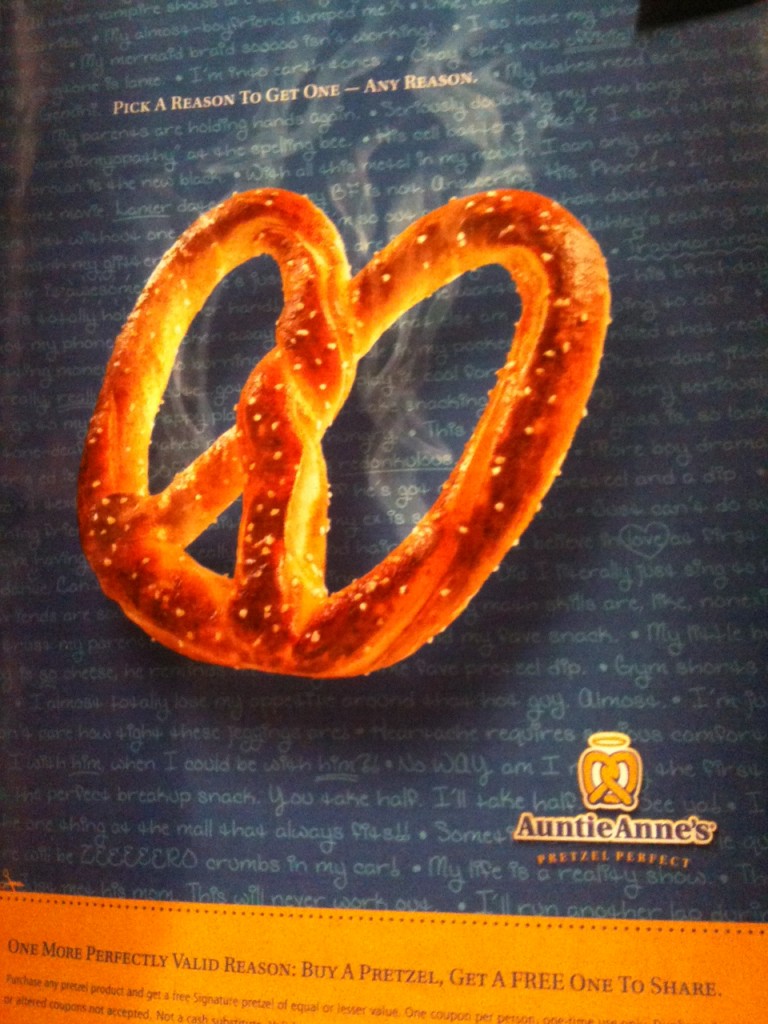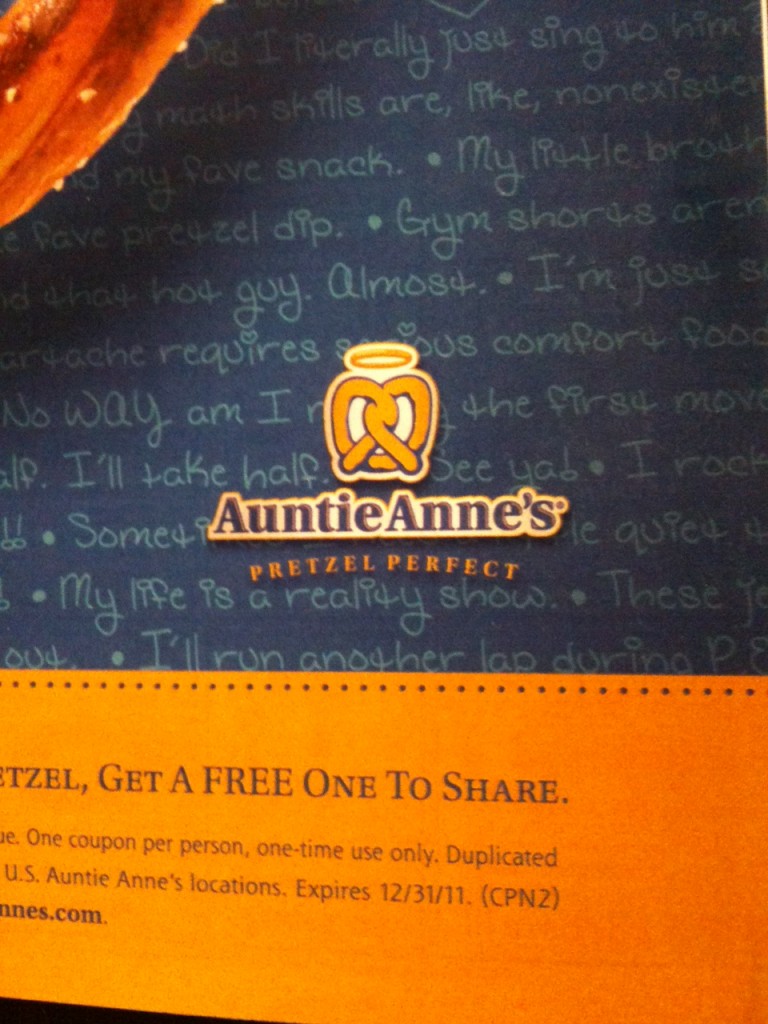
Many Americans are familiar with “female genital mutilation.” The term is typically applied to practices occurring in some parts of Africa, Asia, and the Middle East, but not to genital cutting practices that happen in the U.S. and other Western societies (including cosmetic surgeries on the genitals, surgeries on children with ambiguous genitalia, and transsexual surgery) and, by definition, not to genital cutting practices that happen to men in both Western and non-Western countries (male circumcision and other rare but more extreme practices). “Female genital mutilation” elsewhere, then, is widely condemned by Americans, but rarely condemned in light of these other genital cutting practices, nor America’s own history of genital cutting. In fact, it was not unusual to subject women in the U.S. to proper circumcision (removal of the clitoral prepuce, or foreskin) until the 1960s and these procedures remained legal until 1996 (though, as far as I’m concerned, their legality is still up in the air).
In any case, RabbitWrite gives us a glimpse into this era in American history. Reading from a Playgirl published in 1973, she recounts the confessions of a woman who chose to be circumcised and offers a short critique.
Lisa Wade, PhD is an Associate Professor at Tulane University. She is the author of American Hookup, a book about college sexual culture; a textbook about gender; and a forthcoming introductory text: Terrible Magnificent Sociology. You can follow her on Twitter and Instagram.

